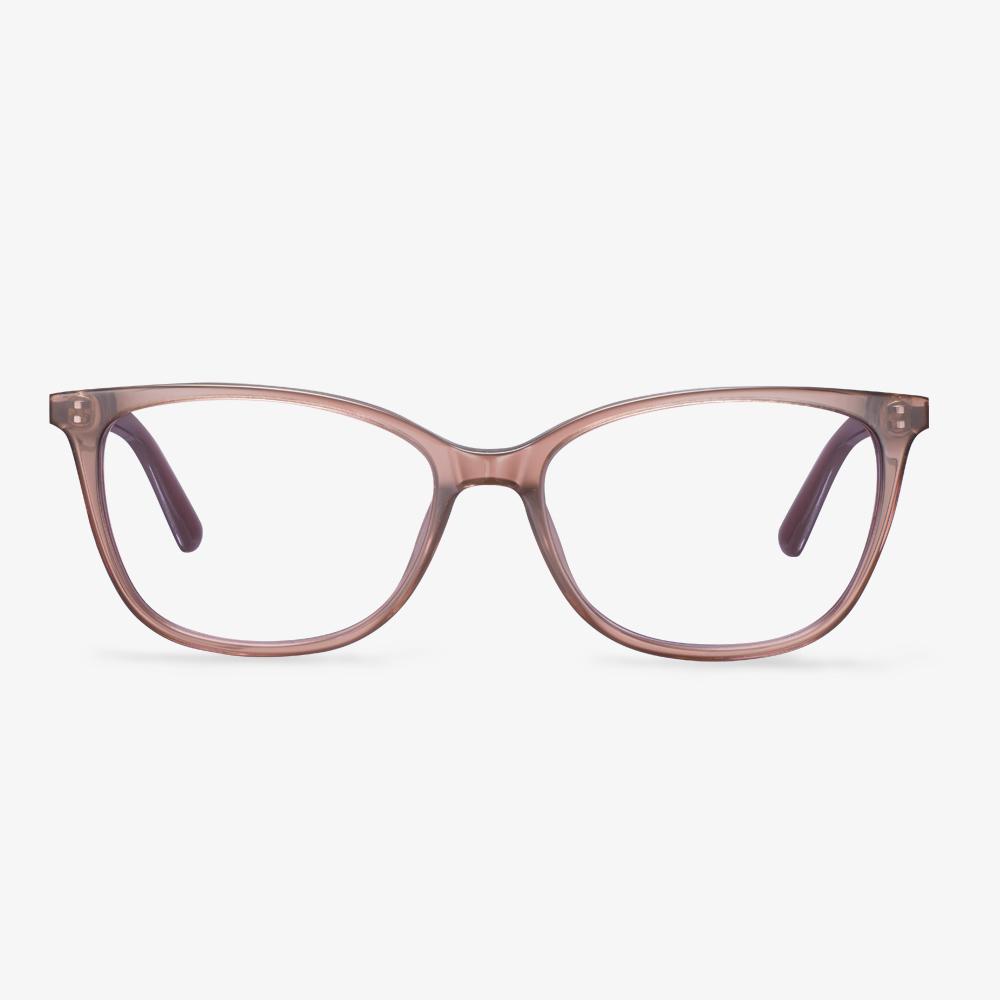Need to re-adapt to new glasses
When the glasses were damaged, the glasses were not replaced in time. As a result, the nearsighted person wears old glasses and continues to look at things. The old glasses have 'remodeled' the eyes in the long-term process, and the eyes have adapted to the old glasses. Therefore, even if the power of the new glasses is the same as that of the old glasses, the new lenses will feel brighter. In this case, eyes produce uncomfortable symptoms. It is recommended to use the new glasses early the next morning. After a night's rest, the eyes will be easier to adapt to the new glasses. After a few days of continuous wearing, the dizziness symptoms will disappear.
What To Do with Old Glasses?
You can also choose to send your old glasses to others. You can ask your friends or ask around your social network to see if someone needs a pair of glasses. Then give them the old glasses.
If your glasses are too broken to be redistributed, do not just throw them out. You can choose to throw your old glasses into the recycle bin and they will be recycled.
If the only reason to give away your old glasses is that they are broken, you can try to repair them. After that, they can be useful.
Disadvantages of polarized sunglasses
Polarized sunglasses have many benefits. However, in some cases, non-polarized lenses are a safer choice. On cloudy days, drivers find that non-polarized sunglasses are better than polarized sunglasses due to the lack of glare and extreme sunlight.
Driving with polarized lenses after snowing can be dangerous for drivers. As the glare of polarized sunglasses is blocked, ice or snow on the road will not be visible. In this case, the advantages of polarized sunglasses will become the disadvantages that may cause accidents.
In addition, when driving along a dark road with few street lights at night, wearing polarized lenses will make it harder to see the road conditions because they dim the available light better than non-polarized glasses. Of course, in low-light conditions, it is best to avoid wearing sunglasses completely while driving.
The most significant disadvantage of polarized sunglasses is that they do not perform well on digital screens and displays. They can cause the images and information on the LCD screen to blur or disappear at certain angles. Don’t wear polarized sunglasses to use these devices while driving.
Thick black frame
During that time, in the memory of every nearsighted person, there is such a pair of black frame glasses. They can be big can be small, and can be square, round. If you wear this kind of glasses, you are the most handsome boy in the whole street. Of course, black-rimmed glasses have their benefits. Many big-name fashion magazines often use them to give stars a concave look during the shoot.
Different Type of Lenses: How to Choose
In this section, we will list some of the lenses for glasses.
Plastic lenses: In 1947, the Armorlite Lens Company in California introduced the first lightweight plastic lenses. The lenses were made of a plastic polymer called CR-39, because it was the 39th formulation of a thermal-cured plastic developed by PPG Industries in the early 1940s. Plastic lenses are light and low cost.
Polycarbonate lenses: polycarbonate lenses were first introduced in the 1970s and they have become increasingly popular anad remained for a long time. Polycarbonate glasses are slighter and significantly more impact-resistant than CR-39 plastic, making them a preferred material for children’s eyewear, safety glasses, and sports eyewear.
How can I measure the frame size?
Use a ruler to measure the glasses you used to wear comfortably and record the width of the frame and the total width in front of the frame. And compared with the frame width of the selected frame and the total front width of the frame. Frame width size difference of one or two millimeters does not matter, and the total front width of four millimeters does not matter. You can use a ruler to measure the approximate distance between the temples. Usually, the width of the inner side of the frame is the same as the temple value or about 3MM larger than the temple value.
Glasses Size - Temple Length
The length of the temple is the length of the arm of your glasses. It's how far the arm is bent, all the way to where it intersects the frame. Although lengths may range from 120 to 150 mm, there are some common industry standards:135, 140, 145, and 150 mm. The temples are long enough to extend beyond your ears, so the ends can be changed to match the contours of your head behind your ears.

















































